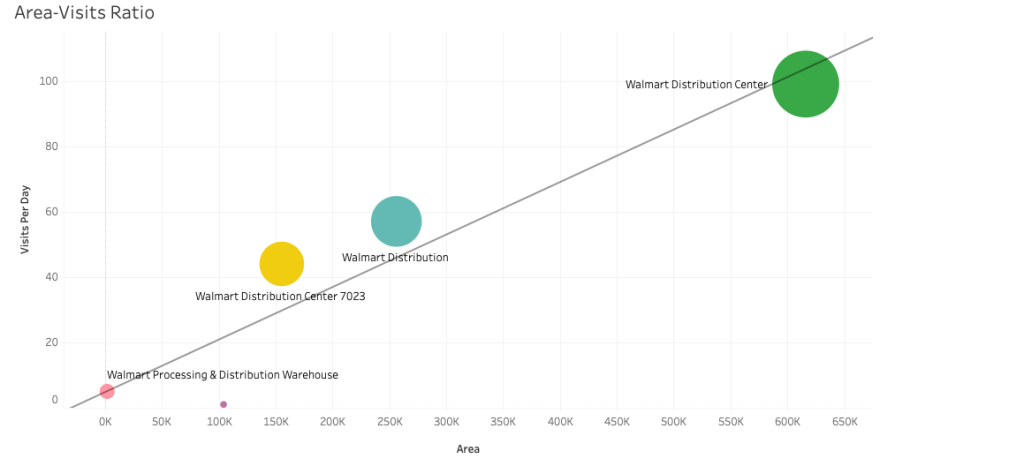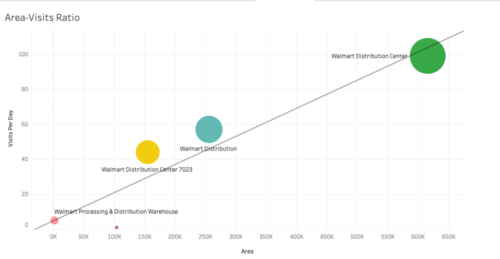Supply chain analytics represents the ability to make data-driven decisions based on a summary of relevant and reliable information, influencing key decisions that lead to better results.
This technological tool provides supply chain operations managers with a complete view of logistics networks, enabling them to understand the upstream and downstream effects of a specific disruption. It is thus possible to respond quickly to mitigate a problem to the fullest extent possible.
The collection of Big Data has become fundamental and indispensable for analyzing supply chains, in a landscape that continues to become increasingly competitive.
Also Read: How to increase visibility in multi-tier supply chains?
Having collected as much data as possible, it becomes necessary to apply several types of analyses, which will allow logistics leaders to obtain the best results based on accurate facts that will benefit all the processes that are part of the supply chains. These are some of them:
Descriptive analytics
Provides visibility and a single source of truth across the supply chain for both internal and external systems and data.
Predictive analytics
Helps understand the most likely outcome or future scenario and its business implications, projecting and mitigating disruptions and risks through supply chain predictive analytics.
Prescriptive analytics
Enables problem solving and collaboration for maximum business value, improving collaboration with logistics partners to reduce time and effort in mitigating disruptions.
Cognitive analytics
Answers complex questions with natural language processing algorithms, training them to understand, reason and deliver results based on historical patterns of certain processes, operations and outages.
According to Mckinsey: “In many companies, data on purchasing volumes and suppliers is only collected for a few activities in the sourcing process. However, sourcing data goes beyond the classic spend analysis and annual review of supplier performance.”Read the full article here

But how do you get to results by getting all this information?
To accelerate the transformation from data to insights, insights to actions, and actions to results, companies must prioritize digital transformation that will leverage the full value of analytics. This includes:
- Implementing an end-to-end strategic direction by investing in skills and technology, or a vendor service, that enables a fully integrated and transparent view of the supply chain ecosystem.
- Creating a digital culture through Big Data by bringing together machine capabilities and human expertise and empowering leaders to promote digital assets and feedback to workers.
- Leverage predictive analytics to reduce risk by analyzing multiple internal and external data points to improve the accuracy of risk and demand models.
- Democratize decision making to enable scalability by generating a transparent and shared view of data, knowledge and digital assets that facilitates detection and resolution of problems, even before they occur.
- Use a digital model that enables supply chain leaders to test what-if scenarios, adapt at speed and ensure they are prepared to deal with uncertainty and change.
- Reuse data and implement digital strategies to design innovative solutions that execute at any scale.
You might be interested in: “How to reveal hidden tiers in the supply chain?“
This advanced form of supply chain analytics is ushering in a new era of supply chain optimization.
At PREDIK Data-Driven we automate vast amounts of data to help organizations improve forecasting, identify inefficiencies, better respond to customer needs, drive innovation and pursue forward-thinking insights.


